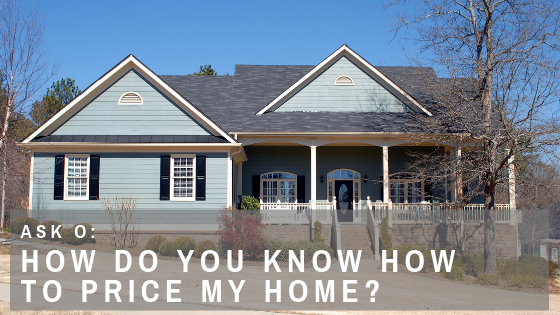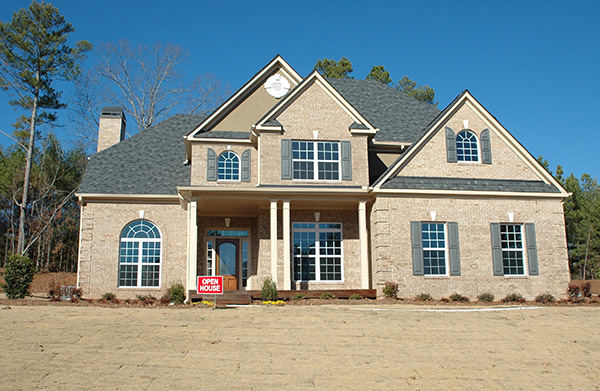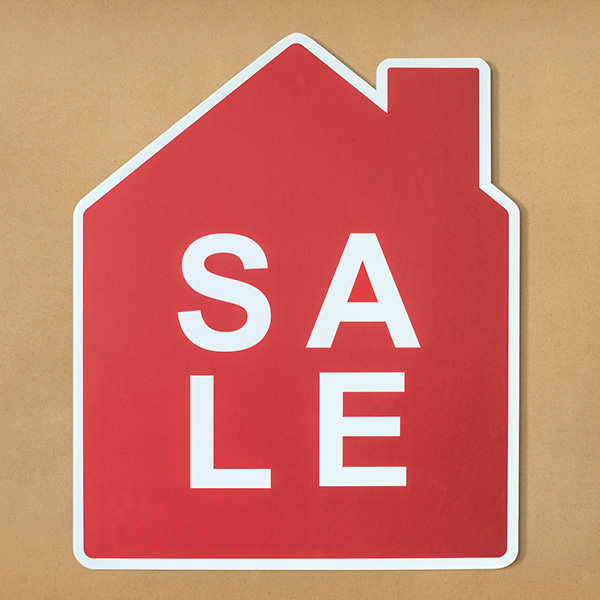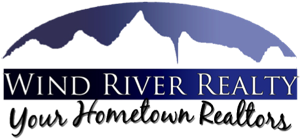
Dear Olivia,
We’re ready to sell our current home and have spoken to several Realtors about how it should be priced. We’re wondering, though, how do Realtors know how to price homes for sale?
Sincerely,
Ready to Sell (for the right price)
Pricing your home for sale is one of the most difficult steps to take when selling your home.
If you get the price right, it could lead to a quick sale while maximizing the return on your investment.
However, if the price is too low, you risk losing out on some of those potential profits. If the price is too high, you risk having your house on the market for an extended period of time.
As Realtors, we have a ton of information available to us that helps us target the ideal price for your home.
This includes, but is not limited to, the type of market we’re in, prices of comparable homes that have recently sold, and the amount of inventory we have in the target price range.

Realtors also consider the average Days on Market (DOM) and the Absorption Rate for homes when determining a price.
DOM is quite simply how many days a home is on the market, starting on the day it’s listed in the Multiple Listing Service (MLS) and ending on the date when the sales contract is signed. The longer the DOM, the lower the price your Realtor might suggest, because longer DOMs indicate it’s a buyer’s market. Conversely, a low average DOM indicates that homes aren’t on the market as long, which is a seller’s market that favors pricing your home higher.
Regarding Absorption Rate, it’s a metric that looks at the rate at which the market is absorbing homes in a particular price range in a specified time period. For example, in some price ranges – like $600,000-$700,000 – the absorption rate might only be one property per month. That being the case, you want to price your home in that range accordingly, such that it’s the one that gets sold over other homes in that same price range.

Another data set Realtors look at when pricing homes is the List-to-Sales Ratio, which is the difference between the list price and the sales price. If homes in your price range have a strong List-to-Sales Ratio, you can be a little more aggressive in pricing in order to have more room for negotiating. However, this is more difficult to do when homes have a weak List-to-Sales Ratio, because it indicates that buyers are less willing to pay higher prices and that sellers are having to reduce the sales price to pique the interest of buyers.
It’s important to note that pricing homes for sale is not an exact science. Despite having all this data at our fingertips to assist us with pricing, it’s not possible to get it exactly right every single time.
This is particularly the case in rural areas like Wyoming, as we don’t have the cookie-cutter neighborhoods that you find in the big city in which each house is relatively the same. Instead, homes in our area can vary quite significantly, so pricing can sometimes be a little difficult.
In the video above, I discuss these and other aspects of pricing your home right and how these factors can impact pricing.
For example, as I explain in the video, Lander is very much a seller’s market right now with low inventory in most price ranges. With reduced inventory and increased competition from buyers, sellers might be able to list their homes for a higher price without it scaring off buyers and having their homes sitting on the market for an extended period.
I also discuss very important misconceptions about home pricing, like how much remodeled rooms add to the value of the home and the “attachment factor” that causes us to inflate the value of our homes because we love it so much.
Be sure to check out the full video to get the complete scoop on how to price your home for sale.
As always, I’m just a phone call away with any questions at 307-856-3999!
